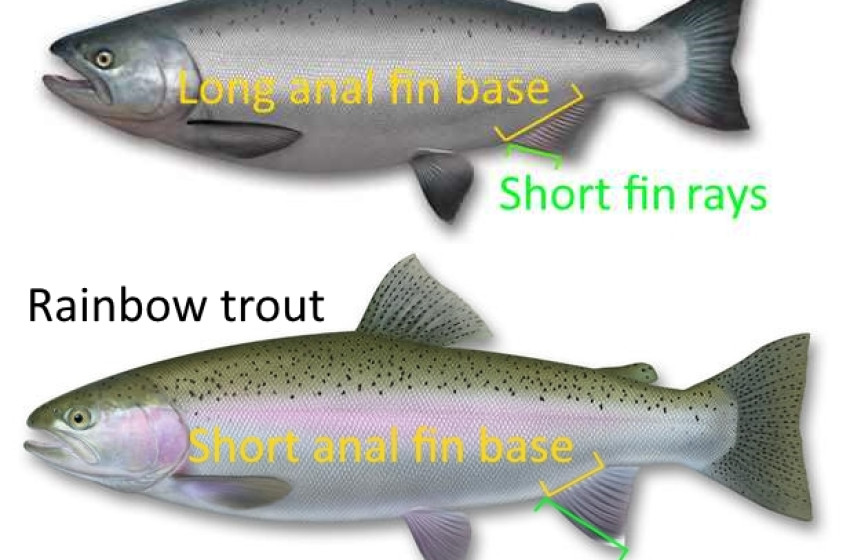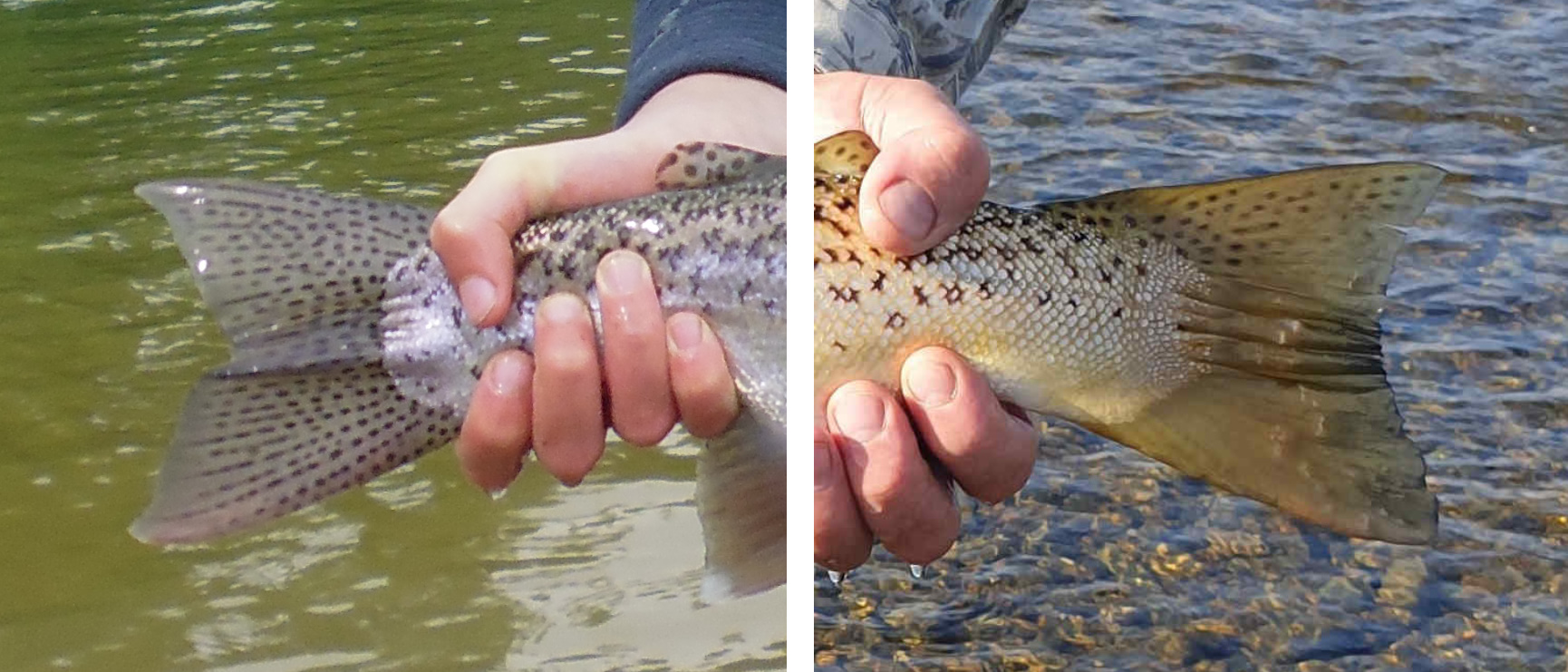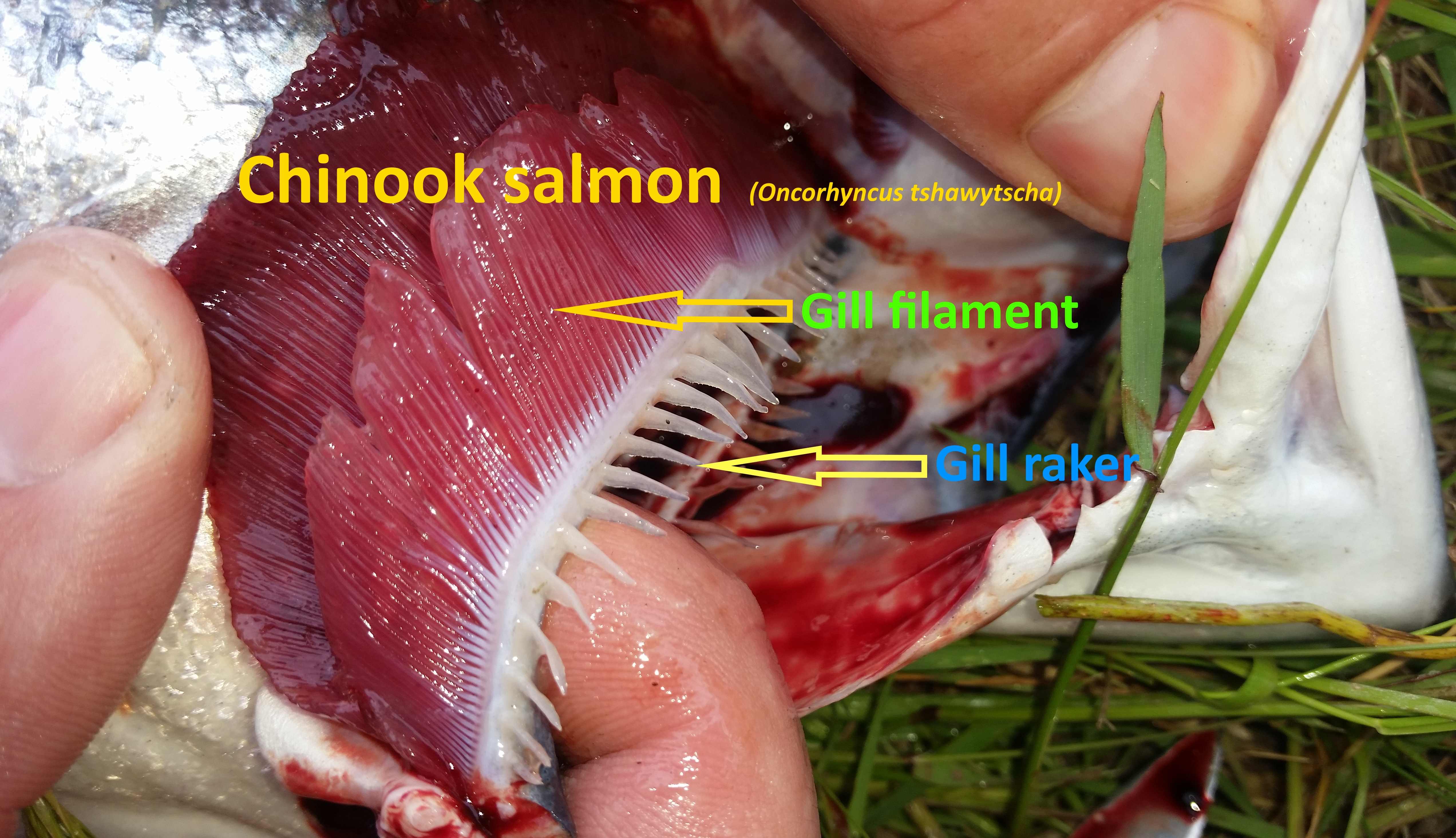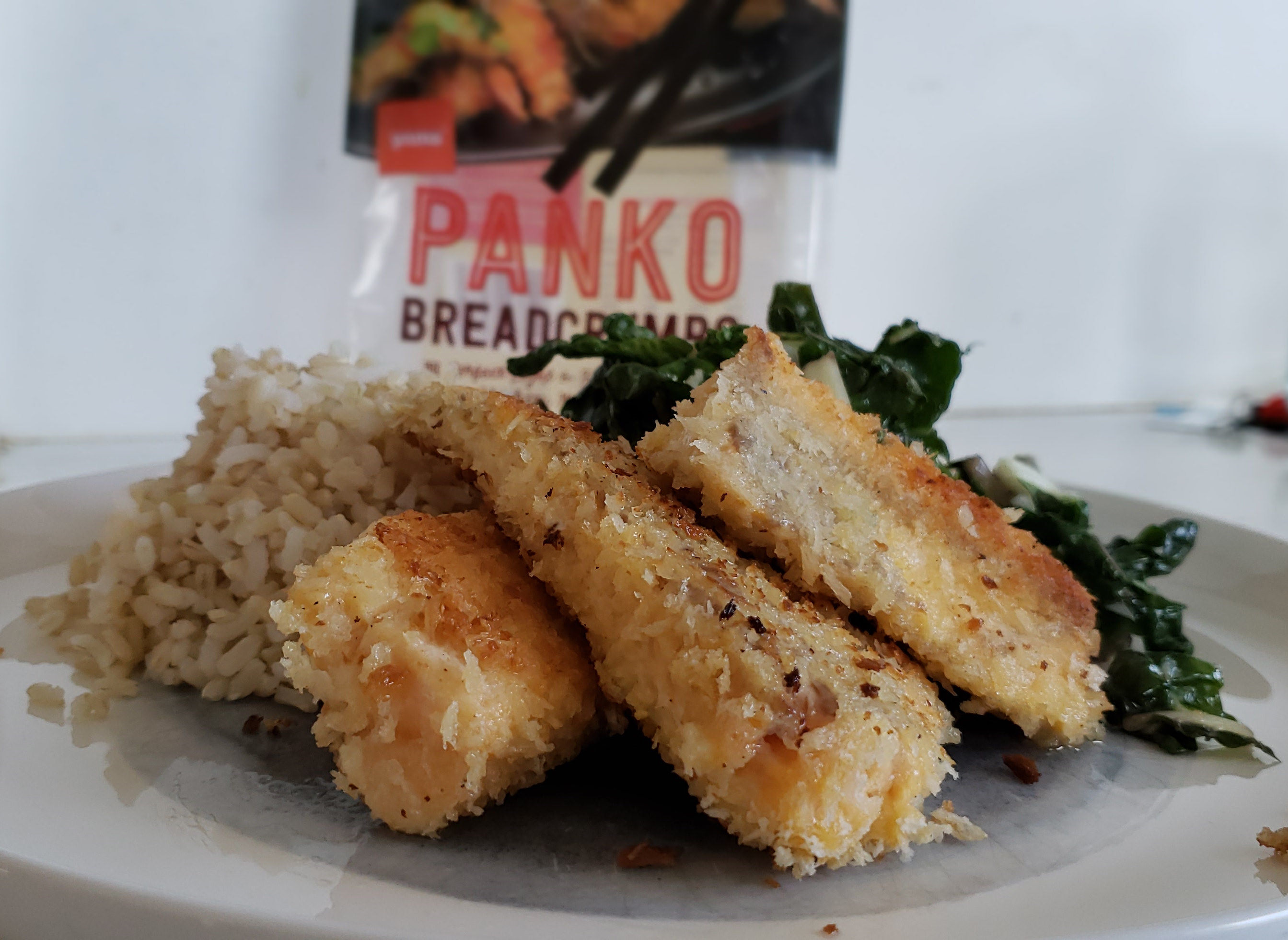Weekly Fishing Report – Central South Island- 02-01-2020
- Central South Island
- 2/01/2020
- Richie Cosgrove

This is part three of my holiday period series designed to resource you with loads of information that will help you have a successful and enjoyable summer of fishing.
We will start again with your weather and waterway condition links and then go on to identifying your fish, catch and release skills and offences and through to a modern fad and a cult classic culinary concoction.
Before hitting the water
An invaluable resource for assessing waterways conditions is Environment Canterbury’s river flow website.
Data is presented over a seven day or month period, which give you a chance to review spikes in the flow that reveal a small fresh or a big flood event and what base-flows look like.
There is also an Ecan rainfall website which can be used to predict impending high flow events – especially useful in areas that don’t have river flow data available.
Predicting weather conditions
With some knowledge of the weather you are more likely to be safe, comfortable and successful.
New Zealand’s most versatile online forecasting website is Metservice.
This website offers weather warnings, surf forecasts, rural forecasts, rain forecasts and more.
Trout or salmon?
In CSI we are fortunate to have fisheries where multiple species of trout and salmon all co-exist, but be aware there are varying daily bags limits to comply with.
Although the colouration of your fish can assist you to identify the species this is not a reliable identifier – all our trout and salmon can be shiny silver or dark earthy colours.
In a summarised and simplified way – here are my tips for identifying which sports fish.
Salmon vs trout: The shape of the anal fin is the best way to distinguish trout from salmon.
For salmon the anal fin is relatively long-based and has short rays, the longest ray being much shorter than the basal length of the fin.
For trout the anal fins are relatively short-based with long rays.
Above Right: salmon vs trout I.D. tip - use the anal fin base-length and fin ray length to distinguish trout from salmon.
Rainbow trout vs brown trout: the number of spots on the tail fin.

Fully spotted rainbow trout tail on left, only partially spotted brown trout tail on right'
Rainbow trout have lots of defined spots all over the tail fin.
Brown trout usually have no spots or only a few faint ones near the top of the fin.
Chinook salmon vs Sockeye salmon: dispatch the fish first and then assess the gill rakers.
Gill rakers are bony or cartilaginous projections from the gill arch that are involved with suspension feeding tiny prey.
They are not to be confused with the gill filaments that make up the red fleshy part of the gill that connect to the rear side of the arch.
In simplified terms if the salmon has 30 or more gill rakers on their first (largest) gill arch it’s almost certainly a sockeye salmon.
Sockeye salmon gill rakers
Chinooks usually have less than 26 gill rakers.
The gill rakers of sockeye and chinook are different shape and feel too.
The sockeyes gill rakers are long and lean like a half a toothpick and are feathery.

Chinook salmon gill rakers
Chinook and trout gill rakers are shorter, ridged and tooth-like.
Catch and Release
Whether your fish is too small, too big, too ugly or too beautiful at some stage and for some reason you will catch and release your fish.
Careful catch and release is a skill you must learn to ensure your fish doesn’t come to any harm.
Go check out this helpful video and this informative webpage put together by Fish & Game to guide you to release with care.
In CSI it an offence to cause undue injury to any fish intended for release (see note 1.4, page 35).
The most common occurrence of this offence happens when anglers fishing from dam walls winch small fish up the wall, dehook it on the concrete or gravel and then release it by throwing it off the wall into the water.
The simple and conscientious solution to this scenario is to walk around to the bank and land and de-hook your unwanted fish in the shallow canal margins.
Preparing your meal
Now that you have caught a fish and decided it’s a keeper knock it on the head with a rock or a solid stick and shortly after cut into the gill area to bleed out your fish.
Once gutted and cleaned-up, put your fish on ice or alternatively bury it in natures chilli bin - some wet sand in a shaded area.
Now decision time, how will you cook it?

Panko crumb trout
Perhaps the most famous and tastiest way to cook trout or salmon, a cult classic if you wish, is hot smoking.
If you are new to smoking or just want to hone your skills, watch the video that Cohen Stewart put together on how-to smoke your trout.
Tip: less-is-more when it comes to wood chips and smoked fish. too much wood chips will make your prized fish taste acidic and burnt – a couple of tablespoons is enough.
An alternative to smoking or simply frying your fish in butter and squeezing some lemon juice on top is to shallow fry in panko bread crumb.
For this recipe it’s best to fillet your fish out boneless.
Dip your portions in a bowl of beaten egg then roll them in the panko crumb.
Panko is the trendiest of bread crumbs and available at most supermarkets.
Shallow fry your crumbed fish in coconut oil.
Too easy and so delicious.
Tight Lines
Rhys Adams, Central South Island Fish & Game Officer